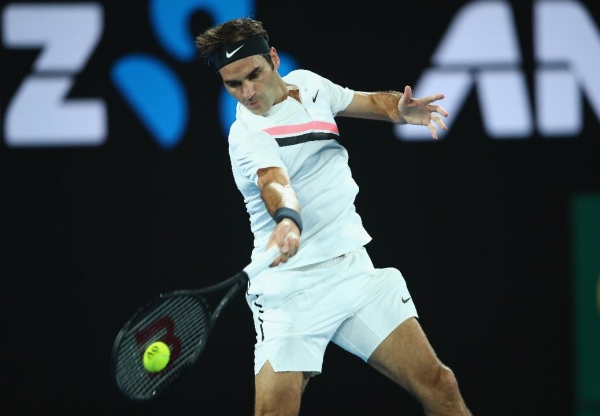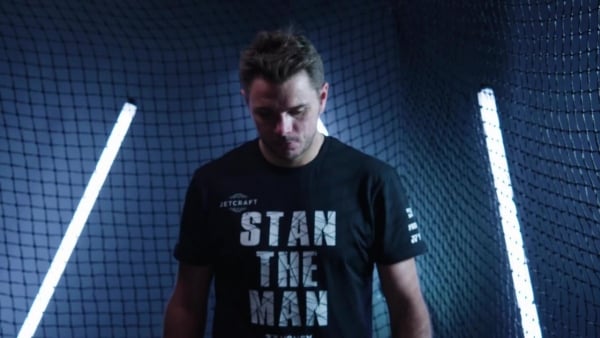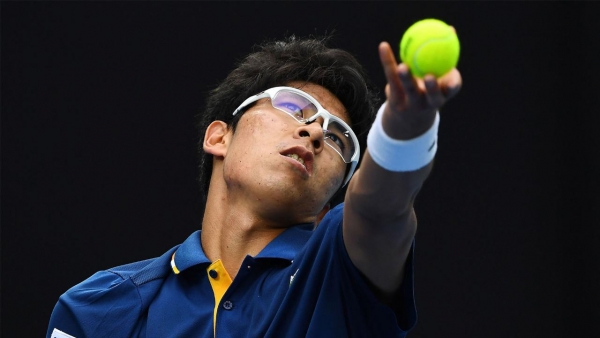It is the half way point of the tournament, an odd day that marks the end of one Australian Open and the beginning of another.
For the first seven days, the young, the fit and the hopeful tried to make their mark. Some succeeded, some didn’t but this was their chance to step into the spotlight and play on one of the biggest stages in the sport.
Then there were the established stars, men and women with reputations both to live up to and to protect. The big names had to be careful in the early rounds: yes, they wanted to ease their way into the tournament but, no, they could not take their foot off the gas in case of the aforementioned young, fit and hopefuls gave them a good clumping.
Now, though, the mood has changed. Now those with experience of winning these big titles are into their stride and marching towards the final weekend while those who are new to the second week are sensing their chance has come. All roads lead to the final; now is not the time to get side-tracked.
So what did we learn from the first week? What clues did we find there that will help us pick our way through the next three rounds?
Seeds fail to sprout
We have all been there: you prepare the ground, you add your compost and fertiliser, you till and you weed and you scatter the seeds. And you wait. And wait. And nothing happens. All you have done is waste a heap of money and several days of your life to provide the pigeons with a nice lunch.
So it was in Melbourne Park. As the women began on day one, there were 32 names with a protected berth – these were players whose form and ranking dictated that they deserved to stick around. And by the end of the first round, eight of them had fallen by the wayside including the US Open champion, Sloane Stephens. By the end of the third round a further 10 had departed in tears and a taxi including the Wimbledon champion Garbine Muguruza and the French Open champion Jelena Ostapenko.
In the stampede for the airport and the first flight home, the Americans were leading the charge. Last year, they thought they had found many reasons to be cheerful as they provided three of the four semifinalists here and four of four at the US Open. This year, they came with 17 players and a good deal of hope. By the end of the first round, they were down to four and were learning to manage their expectations.
Patience, people…
The Next Gen is here and it is ready to play but, for the moment, it is still learning the rules of the game.
When Alexander Zverev faced Hyeon Chung in the third round, it was the opening salvo of what could turn out to be a long and fascinating rivalry at the major tournaments.
Just three months ago, the 20-year-old Zverev politely declined his invite to the Next Gen Finals in Milan. As the world No.4, he had also qualified for the ATP World Tour Finals in London and he would rather play with the grown-ups, thank you very much. He did but he only won one match. Meanwhile, Chung was happily winning everything in Milan.
In Melbourne, Chung won again as Zverev had a mental meltdown (he lost the fifth set 6-0). Afterwards, he was crushed but an eagle eyed Roger Federer spotted the young German in his misery and offered some words of comfort.
“I remember I had a hurdle to pass the quarters,” Federer said. “I only did that back in 2003 for the first time. I was 22. Either I played quarters or I lost first round.
“That's what I told Sascha. I said, ‘be patient about it. Don't put yourself under unnecessary pressure. Learn from these mistakes. Whatever happened happened. Unfortunately you have to believe in, how you say, the process you're right now in. You had a good off-season. You're working hard. You're doing the right things. It's maybe not paying off at the slam level, but just stay calm, don't dig yourself in a hole. There's no reason for that right now’, I think.”
Cool hand Nick
He may have lost to Grigor Dimitrov in the fourth round but the new, calmer, more focused Nick Kyrgios is a force to be reckoned with. Everyone has always known that he has the game and the power to blast anyone off any court but now that he seems to have found a way to silence the competing voices that jabber away in his head when he plays. And a chilled Nick is a hell of a player. If he can keep his cool, 2018 could be his year.
Mighty Kyle
This is an unashamedly pro-Pommie puff. After the humiliation of the Ashes, Britain needs something to cheer. Step forward, then, Kyle Edmund of Yorkshire.
For most of the first week, the attention was focused on the big guns. Was Novak’s elbow all right? How was Roger playing? Are Rafa’s knees in good nick? All the while, a tall, pale Pom was elbowing his way through the draw.
First Kevin Anderson, the No.11 seed, was removed in five sets and having opened up that hole in the draw, Edmund (Kedders to his mates) nipped through it and on to his first ever Grand Slam quarterfinal.
Now he plays Grigor Dimitrov on Tuesday, the same Dimitrov he almost beat in Brisbane at the start of the month. He had the world No.3’s number until he took a tumble in the third set, rolled his ankle and was not quite the same player again. This time his ankle is in fine fettle and his confidence is sky high. Go Kedders.




